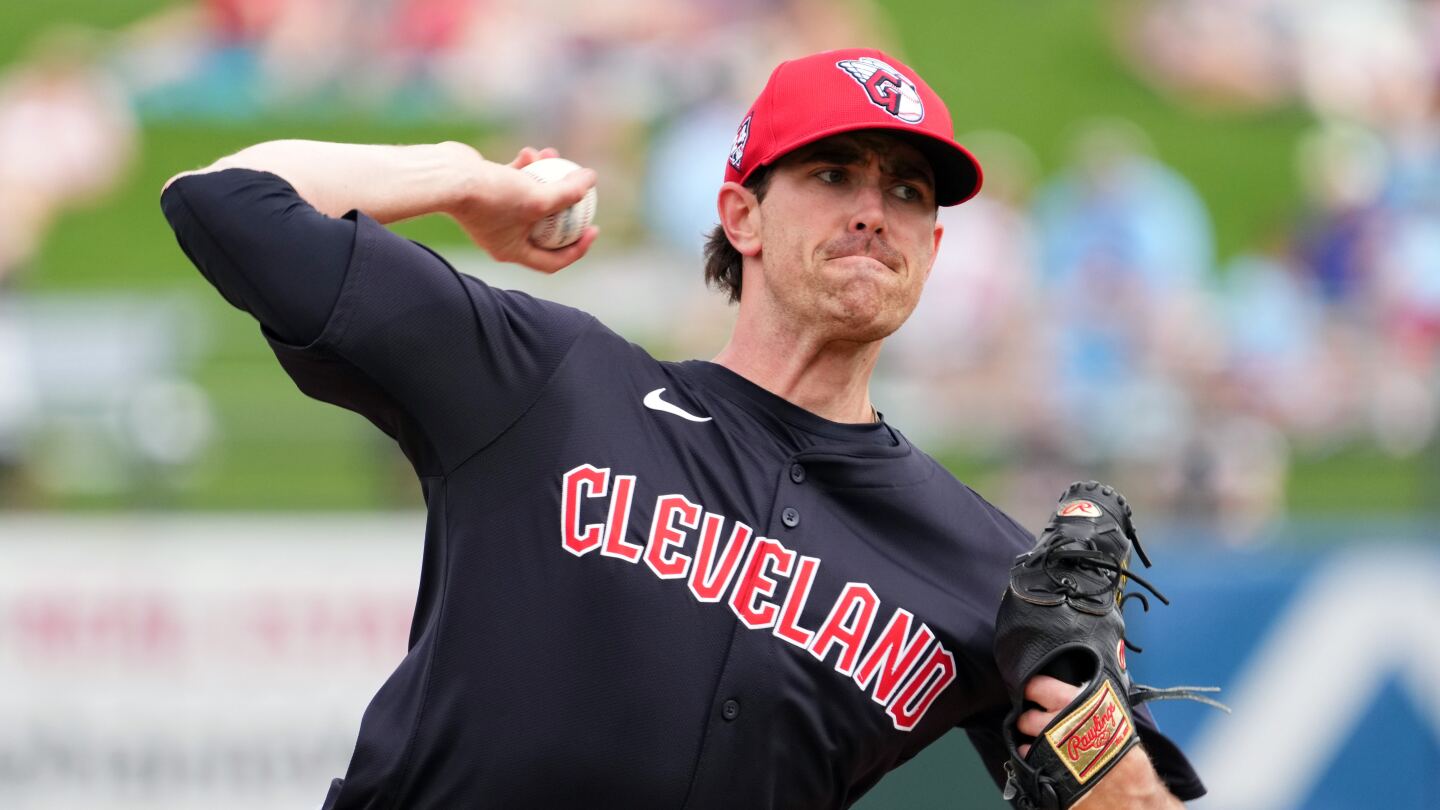As Clayton Kershaw of the Los Angeles Dodgers approaches 3,000 career strikeouts, he is reflective about both his achievements and the future of pitching in Major League Baseball (MLB). With a current strikeout total of 2,974, Kershaw is not only on the verge of a significant milestone but is also engaged in broader discussions about the state of pitching today.
Kershaw, a pitcher who has long exemplified durability and dominance, boasts a remarkable career earned run average (ERA) of 2.51. This places him in rare company; historically, only Walter Johnson has surpassed Kershaw’s strikeout numbers with a lower ERA. Johnson, a legendary pitcher who played over 100 years ago, had a 2.17 ERA along with 3,509 strikeouts.
Reflecting on the upcoming milestone of 3,000 strikeouts, Kershaw has expressed mixed feelings. While he admits that he would be lying if he said he didn’t want to reach it, he also acknowledges the weight of the names he could join. “The coolest part is the company you get to be a part of,” Kershaw said, mentioning fellow pitchers like Justin Verlander and Max Scherzer, who each have impressive strikeout totals and careers.
As Kershaw grapples with the physical toll of aging—having recently come off surgeries to his knee and toe—he also expresses concerns for the future of starting pitching in MLB. He hopes for a resurgence of the traditional starting pitcher who can throw 200-plus innings and weather through ball games longer. “I think it’s better for the game to have starters throw 200-plus innings,” he commented, highlighting how fans appreciate intense matchups in later innings.
However, he recognizes that recent trends in baseball have moved away from this ideal. The game has evolved, and with it, the strategy around pitching has changed dramatically. “I think hitting is better… the talent is just so much better,” Kershaw remarked, observing that the game has seen an increase in pitcher specialization and a decline in complete games. This has influenced how teams utilize their pitching staff, often relying more heavily on bullpens than on starting pitchers who are extended into later innings.
At present, no pitcher in the league has thrown 115 pitches in a start this season, illustrating the shift in strategy and training philosophy. The game prioritizes velocity and strikeouts over the endurance and pitch variety that characterized previous eras of baseball. Kershaw compared this change to modern car manufacturing in which teams are building “fleets of Ferraris” while neglecting the importance of durability—like a trusty minivan that can reliably go the distance.
One aspect Kershaw highlights is the challenge younger pitchers face today. Without an obvious successor demonstrating the ability to accumulate wins, he noted the absence of young pitchers stepping into the role of a Kershaw or Verlander. “I wish there was a simple solution,” he remarked, reflecting on the difficulties newcomers encounter in an increasingly competitive environment.
Despite these challenges, Kershaw embraces the unique position he holds in baseball history. He is an outlier, one of the greatest pitchers to ever grace the mound—a role model for up-and-coming players. As he nears the milestone of 3,000 strikeouts, the focus must remain on how to preserve pitching as an art form, balancing raw talent with the intellect required to pitch strategically in high-pressure situations.
On a different note, the MLB landscape has seen players like Drew Pomeranz making remarkable comebacks after long absences from the game. Having been away from the majors due to injuries and surgeries, Pomeranz has recently found his stride with the Chicago Cubs. “I’m just happy to be here every day now,” said Pomeranz, highlighting the gratitude players feel after experiencing the ups and downs of their careers.
With superstar players like Kershaw sharing their insights and stories, baseball fans are granted a deeper understanding of this timeless sport and its ever-evolving dynamics. Kershaw’s musings on the present and future of pitching resonate on multiple levels and remind us of the passionate, competitive spirit that defines baseball. As fans, we celebrate the milestones while contemplating the future of the game—a future that Kershaw hopes will see the revitalization of traditional pitching roles.
As Kershaw moves closer to 3,000 strikeouts, his legacy grows stronger, and with it, an opportunity to influence the next generation of pitchers. His reflections underscore the importance of durability, strategy, and adaptability in a world that increasingly emphasizes speed and power. Ultimately, Kershaw’s journey serves as a reminder that while statistics define careers, the love and respect for the craft of pitching will forever stand the test of time.
Source link










